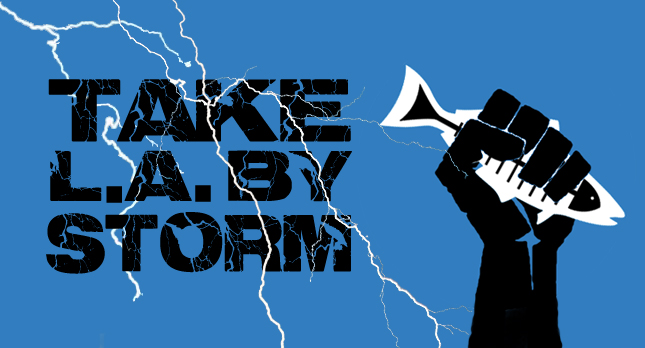What better way to kick off a summer spent at the shore than with some family-friendly, crowd-pleasing ocean sport competition?
In the water on June 9, the Santa Monica Pier Paddleboard Race & Ocean Festival will feature SUP, paddleboard, ocean swim and dory competitions. While up on the pier deck, live music, hula dancing and a surfing, lifeguard and paddleboard museum will be found. The event will run from 8:30 a.m.- 3 p.m.
The paddleboard competition continues a Santa Monica tradition from the 1940s, when two paddleboard clubs were headquartered on the pier.
Heal the Bay will receive a portion of net proceeds from the event, which will directly benefit our marine education facility, the Santa Monica Pier Aquarium.
Check out the vibe for yourself with this video.
For more information, visit www.pierpaddle.com





